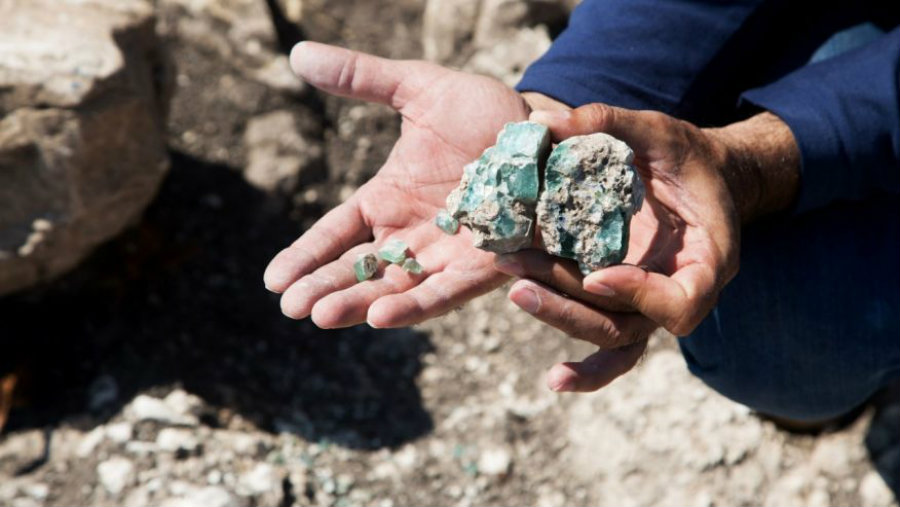Israeli archaeologists at Mount Carmel’s base discovered kilns dating back to the Roman period and they are being linked to the first productions of Judean glass. Archaeologists from the Israel Antiquities Authority (IAA) found the remains of the kilns traced back over 1,600 years on summer of 2015.
The discovery could help researchers to better understand how the manufacturing of glass worked in Israel over thousands of years ago, which serves as a cultural background for Israelis. The kilns were found by mistake – as most great discoveries usually are – when an IAA inspector was supervising the construction work on a railway going from Haifa towards the east of Israel.

As the inspector was overseeing the work, he noticed pieces of glass that ended up being two kilns. After that, the construction was put on hold in order to prepare the site for an archaeological excavation. Once discovered, it didn’t take too long for archaeologists to determine what they have just found. The unearthed kilns showed two sections for the manufacturing of glass, the first one is what’s called a firebox, able to reach high enough temperatures to melt and shape the glass.
While the second chamber found in the kilns is where the main components for glass were stirred and melted for up to two weeks. After the process was finished, archaeologists claim the production of glass could’ve produced great chunks of glass, weighing up to 10 tonnes, according to Discovery News. Archaeologists from the IAA claim that Israel was known to be on of the main glass production sites in the ancient world.
Glass trade in ancient times
It’s worth noticing that as archaeologists dug up the site in search for the kilns, the crew from IAA was excited to be part of a cultural discovery traced back to ancient times. Yael Gorin-Rosen, head curator of the IAA’s Glass Department said that the Valley of Akko was famous for the high standard quality sand that was found there.

The sand from Valley of Akko was the perfect component for glass manufacturing back in the times of the Roman Empire, said Gorin-Rosen. As the responsible for analysing the findings unearthed near Haifa, Yael confirmed that the kilns were used to produce this glassware, which includes the raw pale green Judean glass.
The Roman Empire left traces of what the glass manufactured in Israel was used for, and it surely made glassware a common decoration for buildings and households. The glass was used for making windows for ancient buildings to not only get light inside but also have the light green luminescence cast over people.
Ian Freestone from University College Lyndon dubbed the discovery as sensational given that it helps modern archaeologists to better understand the glass trade and manufacturing in ancient times.
Source: Discovery News
